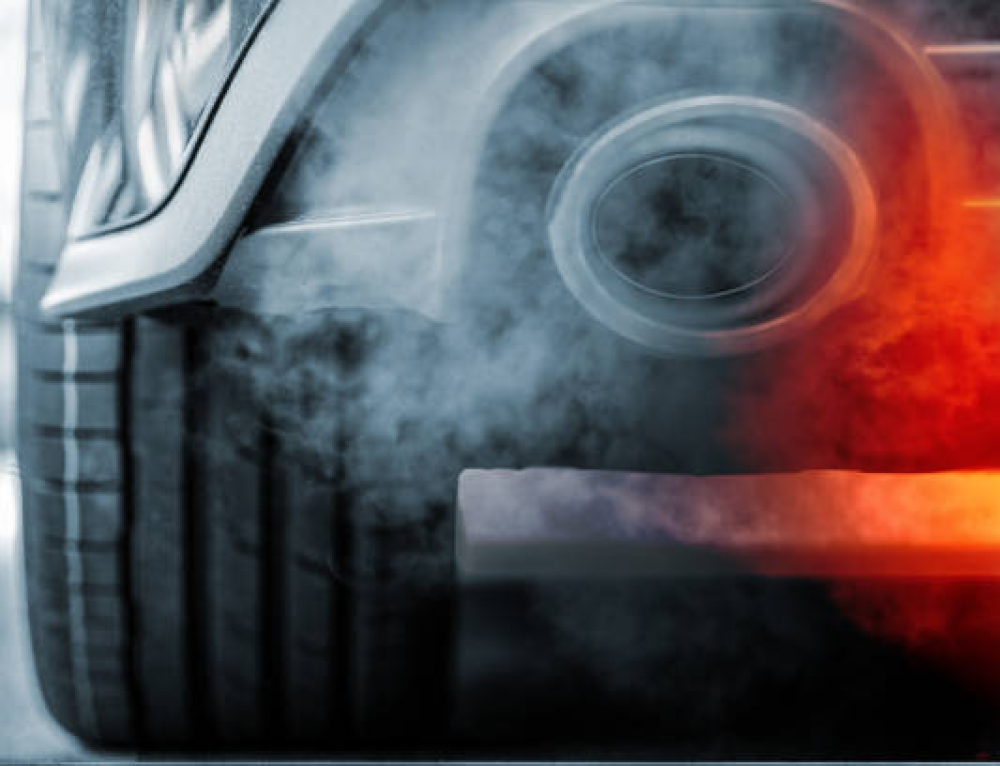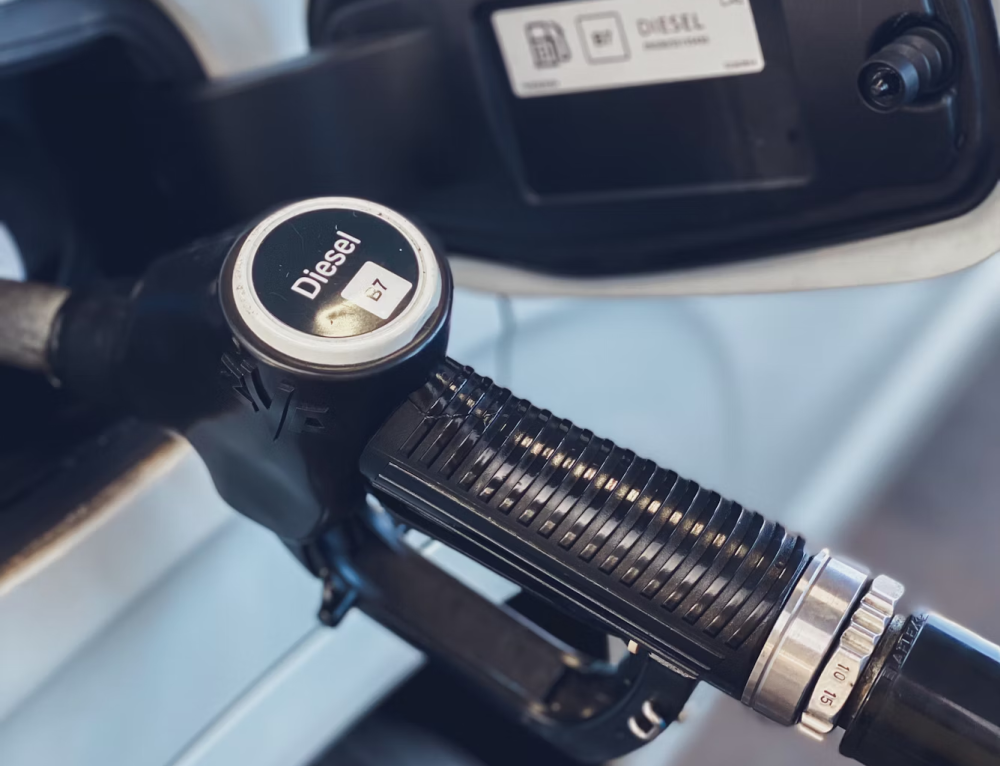No doubt DIY brake inspection can be daunting. But it saves you money. Not just that, it adds new knowledge and experience that can be useful to you in the future. But you don’t want to start a process you can’t finish. No one wants to inspect their braking system and still fall into brake faults like no inspection ever happened. That could only suggest that poor inspection was done.
To help you with a smooth DIY brake inspection that you can do over and over again without getting stuck in the middle, we have put this guide together for you. In this article, we will walk you through a step-by-step process to perform DIY brake servicing.
Are you ready to walk? Let’s go!
Understanding the Braking System
When you apply your vehicle’s brake, it brings it to a halt. But have you thought about how that works? The difference between you and a diesel engine expert is knowledge. They have a better understanding of how vehicle components work. And that helps them understand how to fix it. Understanding how your car brake works is a big boost to help you perform a DIY brake inspection and servicing just like a pro.
Okay. In simple terms, let’s show you how it works.
When you apply a force on your brake pedal, your vehicle transmits the force from your foot to the brake through the brake fluid. Since your vehicle requires much more force than the one you applied on your foot to come to a halt, it multiplies the forces in different ways. The multiplied force is what finally brings the vehicle to a halt. Performing a DIY brake inspection can help you understand how these forces work and ensure your brake system is functioning properly. That’s it!
Steps To Perform DIY Brake Servicing
1. Test drive the car
You can know a vehicle has a faulty brake by simply test-driving it. You should suspect a faulty brake if you hear unusual noises when you apply the brake. Or if your diesel engine is pulling to one side when you brake. Or perhaps you can perceive a burning smell coming from your wheels. If you’re unsure, a DIY brake inspection might help you check for visible issues before seeking professional service. These are good indicators that your braking system needs servicing.
2. Inspect your engine’s suspension system
This could be the reason you are experiencing vibrations when braking and not because of a faulty brake. Jack up the car and support it on a jack stand. This will help you inspect the springs, shocks, struts, and control arms.
A DIY brake inspection like this can reveal cracks or wear. Finally, bounce the car up and down. If you notice excessive movement or noise, then your vehicle needs to be inspected from the expert’s lens.
3. Check your brake fluid level
Brake fluid is what helps the brake, transmit the force from your legs. So it’s an important aspect of your braking system. Checking your brake level is a good step as it ensures your brake stays in its perfect shape. To do that, you need to first locate the brake fluid reservoir. It is usually under the hood of the vehicle. The fluid level should be between the “full” and “low” line. But not close to “low.” If it is, then it needs refilling. Or better still, confirm if there’s any form of leakage. A simple DIY brake inspection can help you spot these issues early.
Another thing to check out for is the color of the fluid. If it is brown or black, then it may be contaminated with impurities. If it’s milky or foamy, it may have water in it. And if it’s very dark, then it is time for a brake fluid flush.
4. Examine your brake pads
Examine your brake pads for wear and tear. The best way to determine if it’s wearing out is by measuring its thickness (either with a ruler or a caliper). As the brake pads wear down, it gets slimmer. By getting its measurement, you can tell how much life is left in your brake pads. Ensure that it meets the minimum recommended standards. If it doesn’t, then it needs to be replaced.
5. Examine your brake rotor
Visually inspect your brake rotor. Watch out for deep grooves, cracks, or uneven wear. If you see any, then it needs replacement. If you aren’t still convinced, you can measure its thickness with a micrometer. They have to reach a minimum thickness to be fully functional. Check for your vehicle’s minimum acceptable thickness in your user’s manual.
6. Test your brake pedal
Inspect your brake pedal. A brake pedal that feels soft and spongy is giving away a sign that it’s faulty. Your brake pedal shouldn’t go all the way to the floorboard when you push against it. There should be a level of resistance. It shouldn’t be too hard either. Hard pedals suggest that your vehicle has a problem with its brake booster. If it’s too hard or too soft, then you need to take it for repairs. A DIY brake inspection can help identify if the pedal is showing any signs of malfunction before you seek professional help.
7. Check your parking brake
Your parking brake can become unadjusted over time, especially when you don’t use it regularly. Overtime, the brake can stretch or loosen. This can make the brakes lose their tension and not work properly. It’s a good idea to apply the parking brake every time you park your diesel engine. It helps keep the tension in the cable consistent.
Additionally, performing a DIY brake inspection is a great way to ensure everything is functioning properly. The goal is to make sure the tension of the parking brake isn’t too tight or too loose.
We Can Help!
Here’s the truth: performing a DIY brake inspection can be a daunting task. It gets more frustrating when you’ve given your best effort but seem to have hit a roadblock. We understand the feeling. You can save yourself and your brake from stress by hiring a certified mechanic for routine brake maintenance.
In the city of Arizona, Phoenix Diesel Repair is the right choice for you. For many years, we’ve maintained our reputation for top-notch quality services. We know how daunting brake maintenance can be and we are willing to take the stress off you. We are quick, professional, and pocket-friendly. Our goal is to exceed your expectations, keeping you and your brake happy. We have expert mechanics who are trained in modern brake maintenance routines. Let’s help you take care of your brake. Reach out to us now.
Frequently Asked Questions
Why should I perform a DIY brake inspection?
Performing a DIY brake inspection helps you catch early signs of brake issues before they become costly or dangerous problems. It also saves you money on professional inspections while giving you valuable knowledge about your vehicle’s braking system.
How do I know if my brake fluid needs to be refilled during a DIY brake inspection?
Check the brake fluid reservoir under the hood of your vehicle. The fluid level should be between the “full” and “low” marks. If it’s closer to “low,” it’s time to refill. Also, inspect the fluid’s color—if it’s brown or black, it’s contaminated, and if it’s milky, it may contain water.
What signs should I look for in my brake pads during a DIY brake inspection?
You should inspect the thickness of your brake pads. If they appear worn down to less than the recommended thickness, they need to be replaced. Using a ruler or caliper can help you measure them accurately.
Can I perform a DIY brake inspection on my own without any experience?
Yes, you can! While performing a DIY brake inspection can seem intimidating, following a step-by-step guide makes the process manageable. With some basic tools and knowledge, you can check key components like brake fluid, pads, and rotors.
How do I know if my brake rotor needs replacing during a DIY brake inspection?
Inspect your brake rotor for visible signs of damage, such as deep grooves, cracks, or uneven wear. You can also measure the rotor’s thickness with a micrometer to ensure it meets the minimum required thickness for proper functionality.





